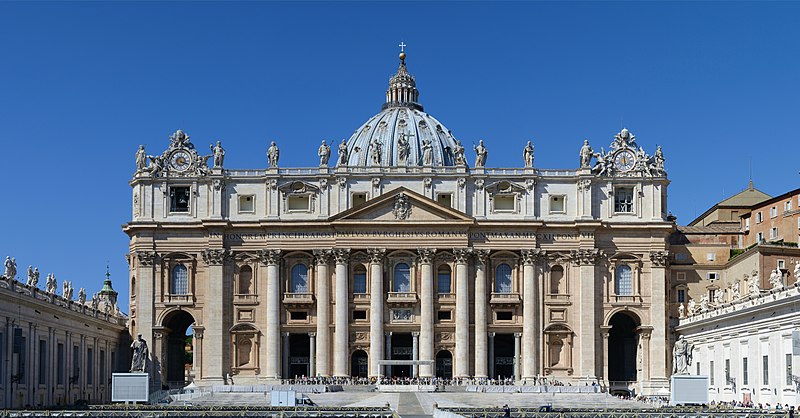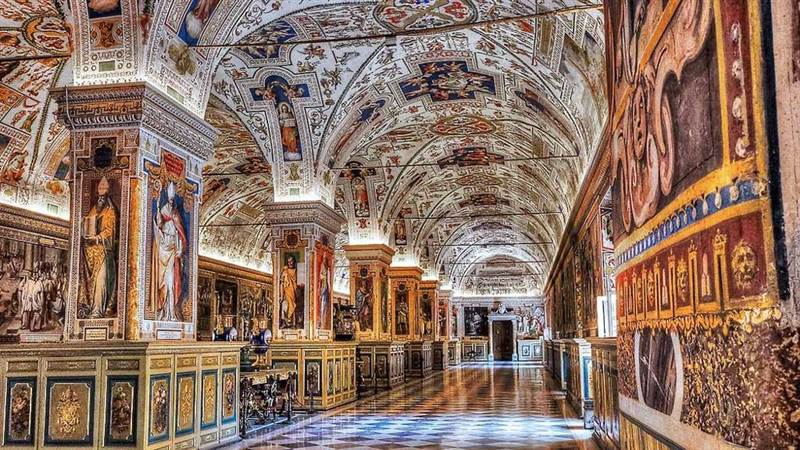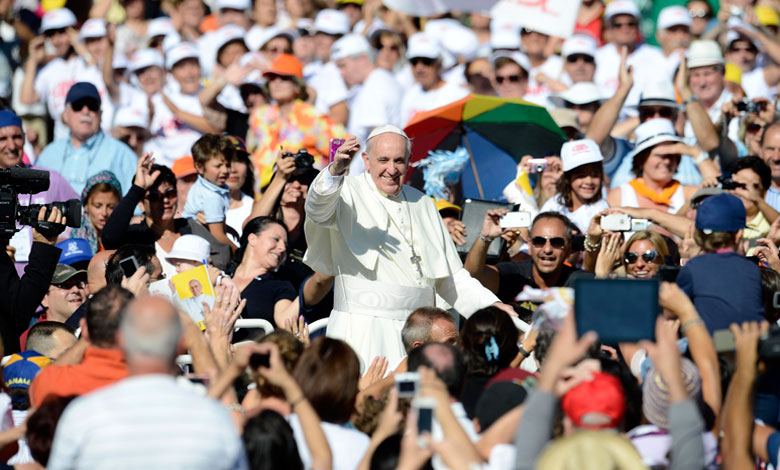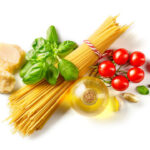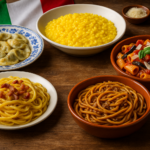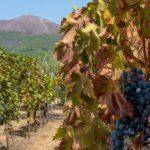A tour of the Vatican is an extraordinary experience, rich in history, art, and religious significance. Here’s an overview of what you might encounter during a visit:
1. St. Peter’s Basilica
2. The Vatican Museum
3.Sistine Chapel
4. St. Peter’s Square
5.Vatican Gardens


